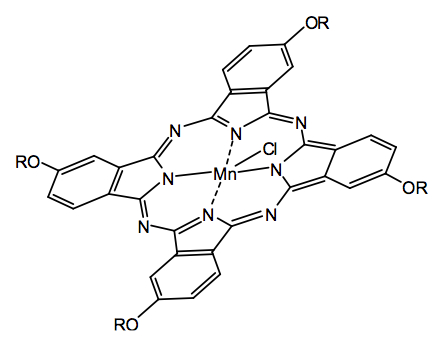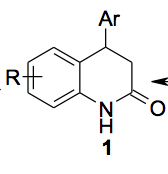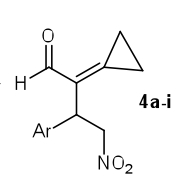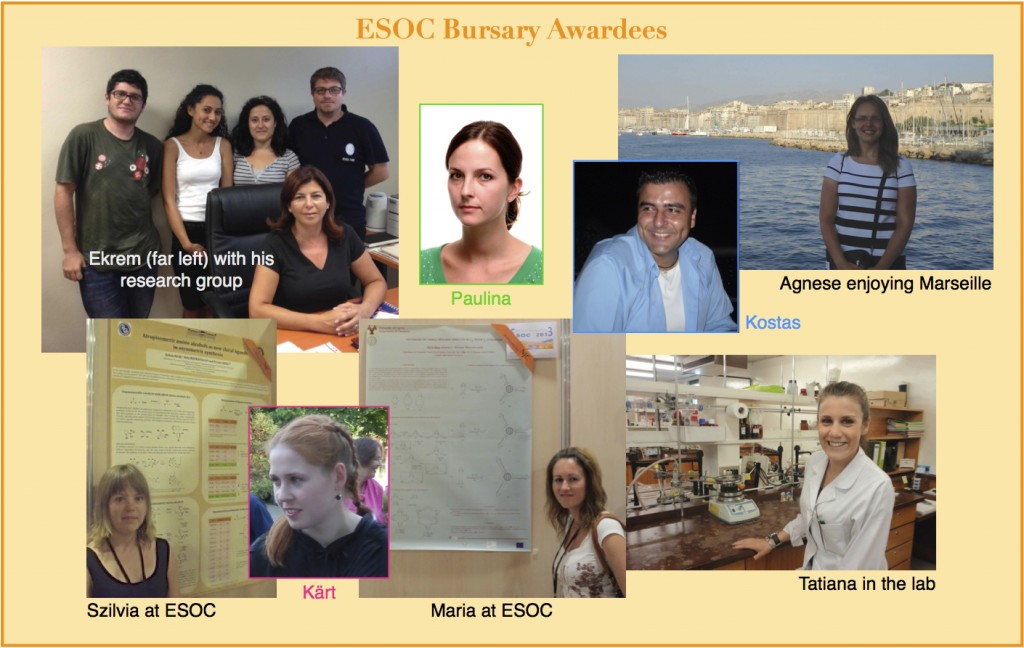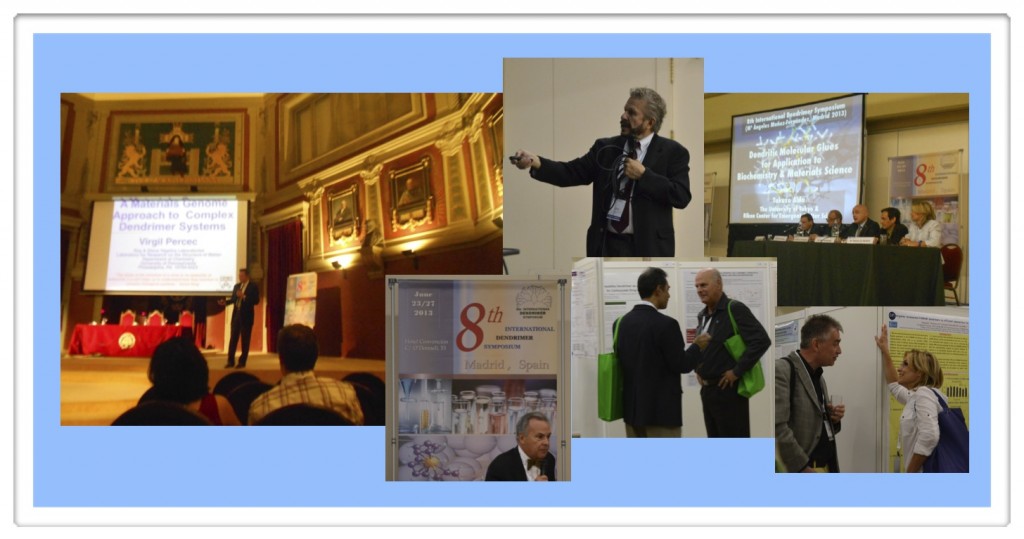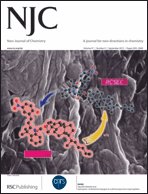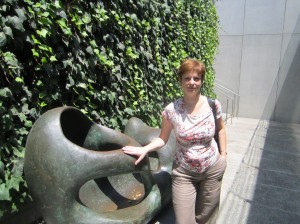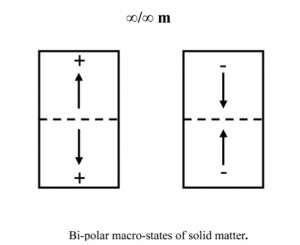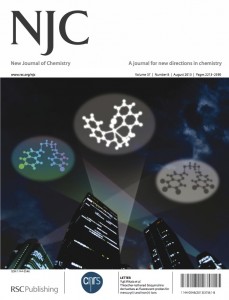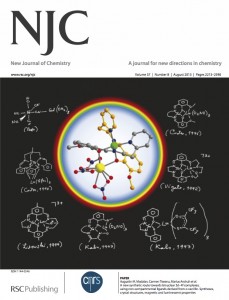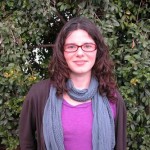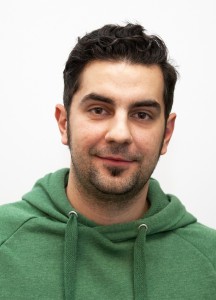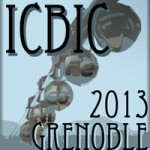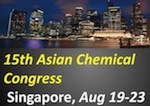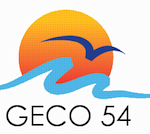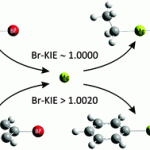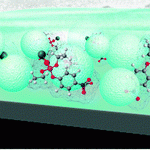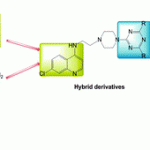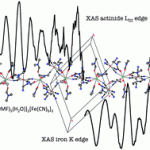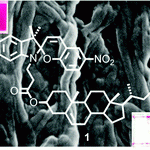by Ling PENG
Here is a selection of young author profiles from the 2013 June special China issue of NJC. We thank them most warmly for accepting our invitation and having kindly taken their time to answer a few questions for us.
 Our first author is Prof. Kenneth Kam-Wing Lo, who is currently a professor of chemistry at City University of Hong Kong. He is interested in developing luminescent inorganic and organometallic transition metal complexes as biomolecular and cellular probes, with a focus on intracellular sensors, photoactive labels and bioimaging reagents. His contribution to this issue is the exploration of the phosphorescence properties of rhenium(I) polypyridine complexes for conceiving new sensors for nitric oxide, which is an extremely important molecule involved in many biological processes. “The most exciting moment in my research is to discover unexpected results” says Lo. When asked for what the coolest thing about science is. He answered “To be able to explain what has happened, and predict (and control) what will happen.”
Our first author is Prof. Kenneth Kam-Wing Lo, who is currently a professor of chemistry at City University of Hong Kong. He is interested in developing luminescent inorganic and organometallic transition metal complexes as biomolecular and cellular probes, with a focus on intracellular sensors, photoactive labels and bioimaging reagents. His contribution to this issue is the exploration of the phosphorescence properties of rhenium(I) polypyridine complexes for conceiving new sensors for nitric oxide, which is an extremely important molecule involved in many biological processes. “The most exciting moment in my research is to discover unexpected results” says Lo. When asked for what the coolest thing about science is. He answered “To be able to explain what has happened, and predict (and control) what will happen.”
Rhenium(I) polypyridine complexes functionalized with a diaminoaromatic moiety as phosphorescent sensors for nitric oxide by Alex Wing-Tat Choi, Che-Shan Poon, Hua-Wei Liu, Heung-Kiu Cheng and Kenneth Kam-Wing Lo, New J. Chem., 2013, 37, 1711-1719, DOI: 10.1039/C3NJ00033H
 Dr. Jinbo Hu is a research professor at Shanghai Institute of Organic Chemistry (SIOC), Chinese Academy of Sciences (CAS). He is a specialist in organofluorine chemistry. “I like fundamental research in fluorine chemistry, and enjoy the process of discovery and re-discovery.” affirms Jinbo. He contributed a paper entitled “DIAD-mediated metal-free cross dehydrogenative coupling between tertiary amines and α-fluorinated sulfones” to this special issue. When asked what it would be if he could solve any scientific problem in any field, he answered “I would like to find an efficient way to cure any type of cancer”.
Dr. Jinbo Hu is a research professor at Shanghai Institute of Organic Chemistry (SIOC), Chinese Academy of Sciences (CAS). He is a specialist in organofluorine chemistry. “I like fundamental research in fluorine chemistry, and enjoy the process of discovery and re-discovery.” affirms Jinbo. He contributed a paper entitled “DIAD-mediated metal-free cross dehydrogenative coupling between tertiary amines and α-fluorinated sulfones” to this special issue. When asked what it would be if he could solve any scientific problem in any field, he answered “I would like to find an efficient way to cure any type of cancer”.
DIAD-mediated metal-free cross dehydrogenative coupling between tertiary amines and α-fluorinated sulfones by Weizhou Huang, Chuanfa Ni, Yanchuan Zhao and Jinbo Hu , New J. Chem., 2013, 37, 1684-1687 , DOI: 10.1039/C2NJ40842B
 Prof. Zhen Li is a professor of chemistry at Wuhan University. His research focuses on the development of organic molecules and polymers with new structures and new functions for organic electronics and photonics. In this special issue, he and his colleagues contributed a paper on self-assembly effect in NLO polymers containing isolation chromophores: enhanced NLO coefficient and stability. “I would like to find something new, and create something new” claimed Zhen.
Prof. Zhen Li is a professor of chemistry at Wuhan University. His research focuses on the development of organic molecules and polymers with new structures and new functions for organic electronics and photonics. In this special issue, he and his colleagues contributed a paper on self-assembly effect in NLO polymers containing isolation chromophores: enhanced NLO coefficient and stability. “I would like to find something new, and create something new” claimed Zhen.
The self-assembly effect in NLO polymers containing isolation chromophores: enhanced NLO coefficient and stability by Wenbo Wu, Zhen Xu, Ying Xiong, Shaohui Xin, Hongding Tang, Cheng Ye, Guofu Qiu, Jingui Qin and Zhen Li , New J. Chem., 2013, 37, 1789-1796 , DOI: 10.1039/C3NJ00048F
 Prof. Zhixiang Wei is a professor and the Head of Laboratory for Nanodevices at National Center for Nanoscience and Technology in Beijing. His research interest centers on the self-assembly and flexible devices. In his contribution to this speical issue, he presented a facile strategy to enhance the fill factor of ternary blend solar cells by increasing charge carrier mobility and optimizing the morphology of active layers. “I like creative work, and enjoy the new findings from my groups as well as from others.”, says Prof. Wei. For him, “Learn from nature, and do more than nature” is the coolest thing about science.
Prof. Zhixiang Wei is a professor and the Head of Laboratory for Nanodevices at National Center for Nanoscience and Technology in Beijing. His research interest centers on the self-assembly and flexible devices. In his contribution to this speical issue, he presented a facile strategy to enhance the fill factor of ternary blend solar cells by increasing charge carrier mobility and optimizing the morphology of active layers. “I like creative work, and enjoy the new findings from my groups as well as from others.”, says Prof. Wei. For him, “Learn from nature, and do more than nature” is the coolest thing about science.
A facile strategy to enhance the fill factor of ternary blend solar cells by increasing charge carrier mobility by Kun Lu, Jin Fang, Xiangwei Zhu, Han Yan, Denghua Li, Chong’an Di, Yanlian Yang and Zhixiang Wei, New J. Chem., 2013, 37, 1728-1735, DOI: 10.1039/C2NJ41039G





